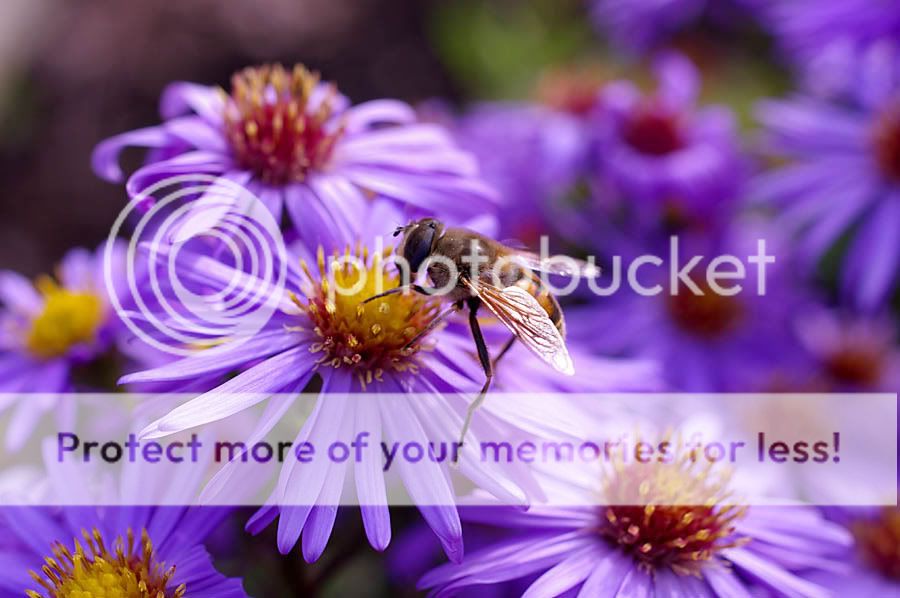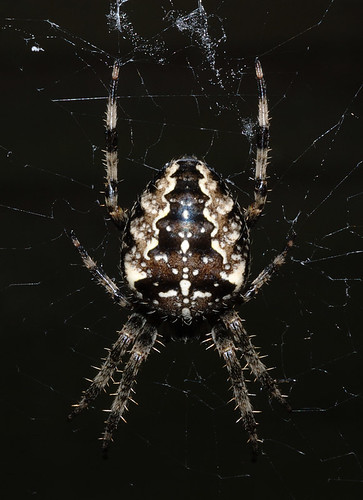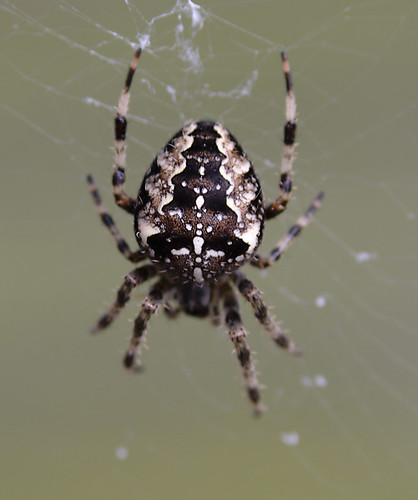 Originally posted by impete82
Originally posted by impete82 
i had a 70-300mm and am waiting for my 18-250mm and can take some nice macro shots with that considering the zoom is fairly big. i'm curious to know how exactly you can shoot macro with a 50mm or 35mm and still be able to get wicked crisp images of animals like bees and others that move when you get too close :S
One uses the focal length best suited to the scene if possible. If the 35mm lens is too short, then one should have a longer one on hand.
If the subject will sit still then objectively it really doesn't matter what focal length is used, focal length being an aesthetic decision more often than not, and all.
I don't know how good the 35mmLTD is at distance, so I don't know if it is a good general purpose lens.
If it is, then it would be a good walkaround lens, as the close focusing ability is handy, even if one isn't shooting bugs and flowers all the time.
I do think a macro in the 100mm range is a better macro focal length, but it is also a more specialized focal length.
Overall, a 35mm lens is more useful than a 100mm lens.


 Similar Threads
Similar Threads 

























